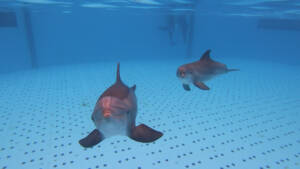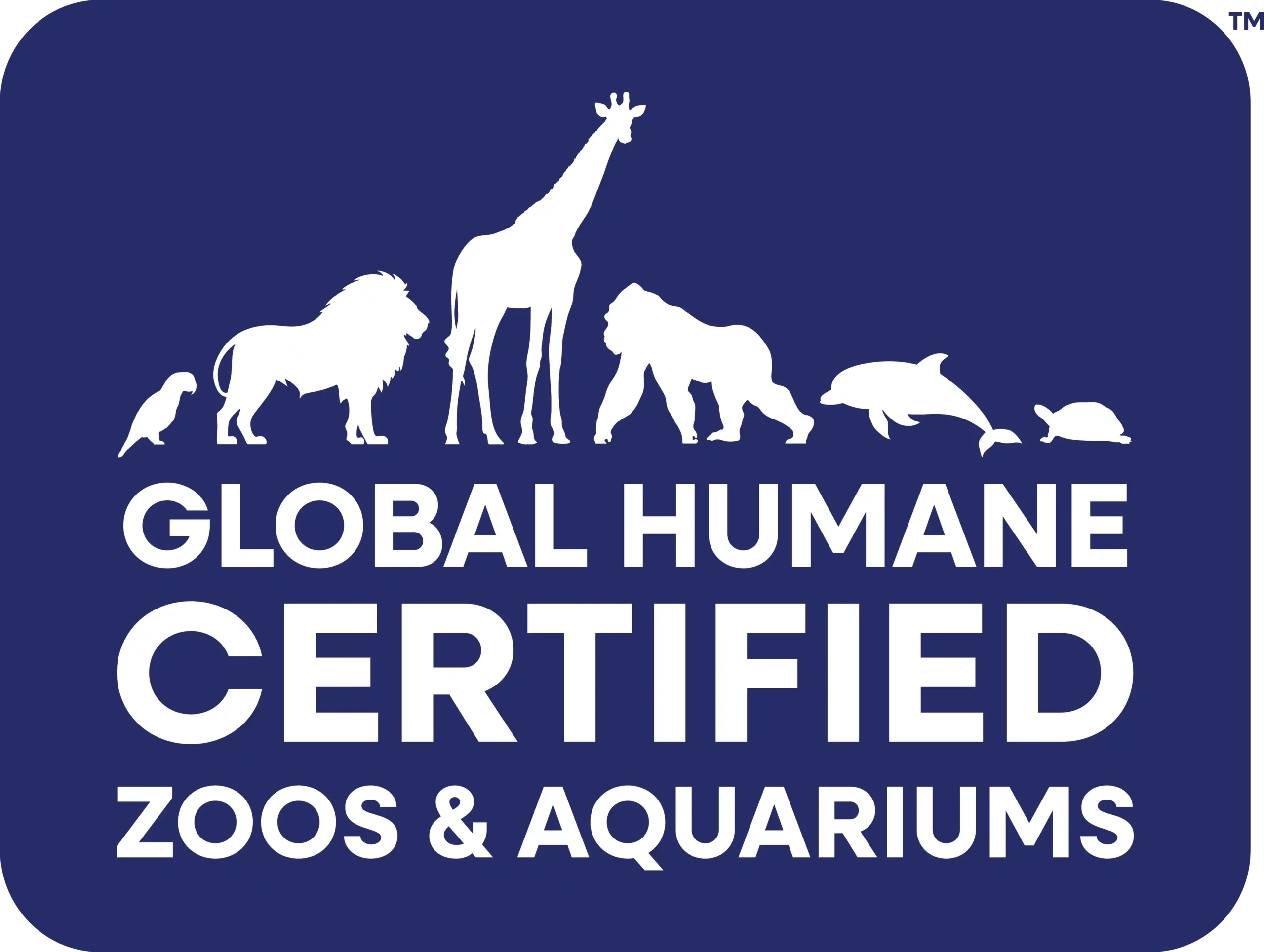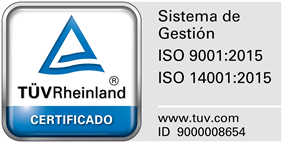Source: http://zoos.media/medien-echo/baltimore-aquarium-schmierentheater-sanctuary/
Author: Philipp J. Kroiß
Those responsible for the Baltimore Aquarium were rightly criticised within the industry for talking about creating a sanctuary for their bottlenose dolphins. The plan was not suitable for the animals because it included a breeding ban in the facility that would have made it impossible for them to build natural social structures in the long term, and for them this would have been torture.
Apparently, climate change is to blame!
Since this plan was made public, criticised of course in the professional world, but with the corresponding recognition of radical opponents to zoos, they have been looking for a suitable place for the construction of the cage of nets that had been planned. They wanted it to be ready by 2020. However, according to CEO John Racanelli, whose proximity to the animal rights industry has been noted several times, this is no longer possible and is due to climate change.
Climate change can certainly be pointed to as the cause of many events, but there is nothing that has changed significantly in recent years that could not have been foreseen at the time this plan was announced, a plan entirely beyond what is realistic. Just a few years ago, there was a problem with hurricanes in the chosen region, but now those responsible for the Baltimore aquarium, led by Racanelli, are acting as if this problem had just begun. < https://www.npr.org/2019/05/05/720041305/at-the-baltimore-aquarium-climate-change-presents-challenges-both-inside-and-out >.
This type of drama is not worthy of a modern zoo or aquarium. People make mistakes or sometimes make wrong decisions, but then they must be consistent and confront them. Yes, the populist plan of the sanctuary for animal welfare was, from the beginning, a faulty and wrong idea, so you can admit that and there is nothing wrong or reprehensible about that. This defamatory comedy with climate change as an alibi is not proper to people who really claim to be experts.
Does the concept of a sanctuary have a future?
This type of sanctuary is a project that must function for decades and it is clear that climate change, pollution and other damaging factors will make such projects with net cages impossible. It will also be necessary to observe how the institutions that hold dolphins and that currently work with the so-called Sea Pens or Bay Pens at sea will continue. Here one has to act very deliberately and study each case individually.
But all this has been known for years. It’s not something recent, but it became even more relevant when the mistaken idea of the Baltimore Aquarium was born. They cannot now suddenly pretend to be surprised by the problems of climate change and pollution, or by the health risks posed by the growing anthropogenic pollution of seawater.
The concept of cage nets was already an obsolete model before it had even actually been developed. There are simply not enough suitable bays that offer sufficiently optimum conditions and that are not already used for other purposes, or that are too valuable from the point of view of nature conservation, and that are also protected from the negative environmental influences mentioned above. Institutions with good water quality are needed, but it is well known that this is currently only achieved by filtering, something that is not possible in open net cage constructions such as this one. For example, Loro Parque, on the Canary Island of Tenerife, in the Atlantic Ocean far from the mainland, draws its water from seawater basins directly from the Atlantic for ecological and economic reasons. However, this must still be filtered several times before it meets the high requirements for optimum maintenance for the animals.
In nature, there are populations of dolphins whose habitat has a water quality so poor that the animals have a very limited life expectancy, so they should not be kept under human care in equally poor conditions. This is something that everyone knows doesn’t make sense. It’s also one of the main reasons why renowned zoological facilities fight pollution, overfishing and many other harmful anthropogenic environmental factors. Last but not least, bottlenose dolphins are considered charismatic ambassadors to draw attention to precisely these ecological problems.
The concept of sanctuaries is based on the massive error and ideology of the animal rights industry that animal husbandry is bad per se. In this context, these final animal ‘deposits’ some of which are already in existence, such as so-called elephant sanctuaries, which tend to be of remarkably poor quality, are marketed as a release from supposedly undesirable conditions that, in reality, are not a way out at all. In most cases, the animal rights industry only tries to ‘hijack’ the animals in order to misuse their image so that they can raise funds, but it does not really care about their welfare, let alone the protection of their natural habitats.
Dolphins are fine in modern dolphinariums
In contrast, modern dolphinariums have been shown to be places of animal welfare. In well-managed and certified institutions, bottlenose dolphins live longer (Jaakkola and Willis, 2019), are healthier (Fair et al., 2017) and less stressed (Monreal-Pawlowsky et al., 2017) than their wild counterparts. In addition, they enjoy training and have been shown to release happy hormones (Clegg et al., 2018, Ridgway et al., 2014). Over 80 of the world’s most renowned scientists in this field support the lifestyle of marine mammals in modern zoos and aquariums, underscoring the enormous importance of these populations under human care for important conservation projects and for scientific research, whose findings also benefit populations at risk in nature.
From these facts, we see that the sanctuaries projects have no meaning or justification and, really, there is no need for them. All that needs to be done is to work to ensure that the good standards that have already been implemented and are already being carried out by modern dolphinariums are put into practice throughout the country. Unfortunately, there are also black sheep among the the institutions that hold dolphins, but those which are modern and certified and managed responsibly already do a good job and fight for the welfare of both the animals under their care and those in nature.












